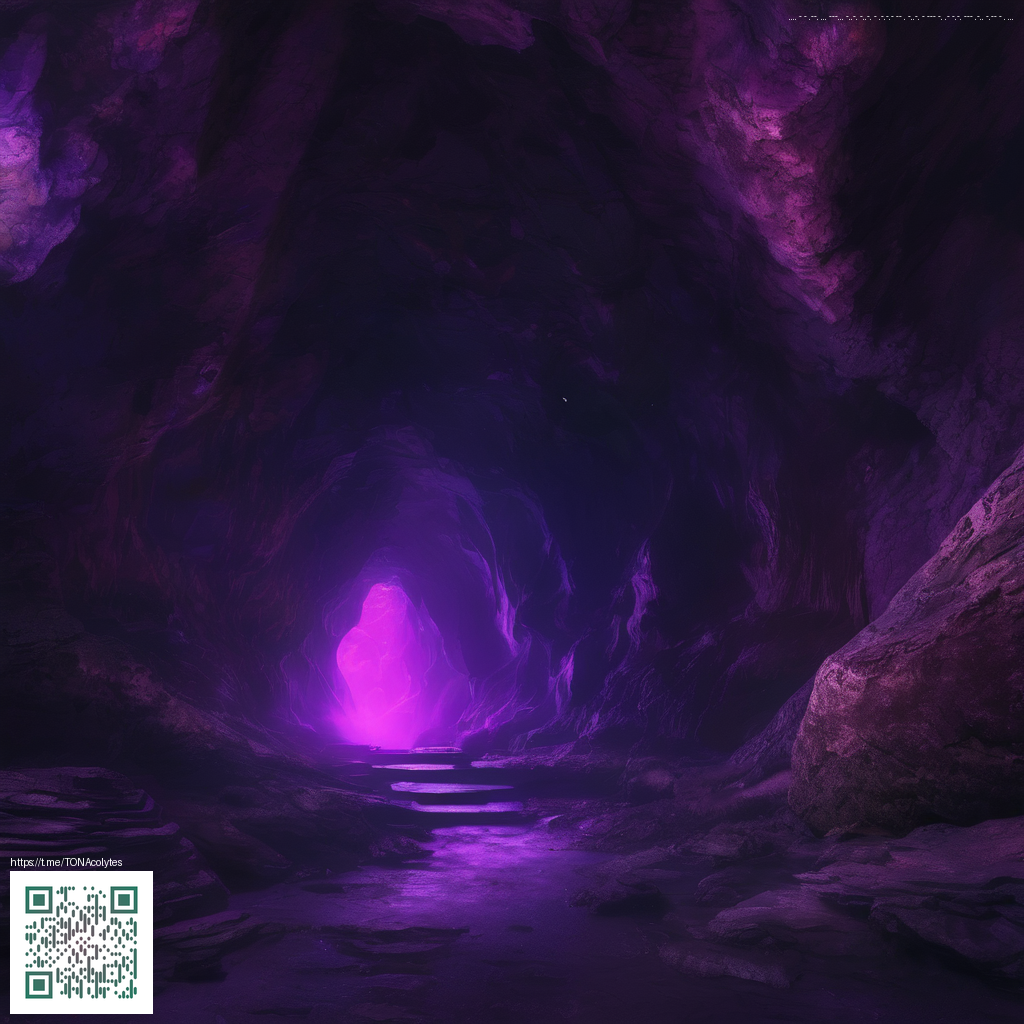
Data source: ESA Gaia DR3
A blue‑white beacon far across the Milky Way
Among the hundreds of millions of stars cataloged by Gaia DR3, a striking candidate stands out for its extreme temperature and unusual distance story. Gaia DR3 4093075593784612736 is described by a surface temperature of about 36,421 kelvin, placing it in the blue‑white corner of the color spectrum. Its radius, measured at roughly 6.17 times the Sun’s radius, hints at a luminous, energetic object—likely an early-type star that shines with more power than our Sun.
How bright does it appear from Earth?
The apparent brightness is given by a photometric G-band magnitude of about 14.24. In astronomical terms, that means it is far too faint to see with the naked eye under dark skies (a typical naked‑eye limit is around magnitude 6). If you have a modest telescope, you could glimpse it in the older, more revealing starlight of the night sky. For context, every magnitude is a factor of about 2.5 in brightness, so this star is about 1,000 or more times fainter than the brightest stars visible to unaided eyes.
Where in the sky is it?
The star sits at right ascension ~277.064 degrees and declination −19.246 degrees. In celestial coordinates, that places it in the southern celestial hemisphere, well away from the most famous northern summer constellations. It sits in a region of the sky where hot, luminous stars can stand out against the background of the Milky Way, yet still be challenging to observe directly without a telescope.
Distance: photometric versus parallax—and why they can diverge
Gaia DR3 provides a photometric distance of about 2,131 parsecs, which translates to roughly 6,950 light-years. That is a vast distance, yet it is derived from the star’s brightness and color, corrected for extinction and assumed intrinsic luminosity. In contrast, a parallax distance would come from Gaia’s measured apparent shift against distant background stars as Earth orbits the Sun. For hot, distant stars like this one, parallax measurements can be noisy or biased by crowding, rapid stellar motion, or unresolved companions.
When photometric distance and parallax distance disagree, astronomers explore several possibilities:
- Extinction and reddening by interstellar dust can dim and redden starlight, biasing photometric estimates if not perfectly corrected.
- Unresolved binary companions can masquerade as a single brighter star, skewing distance inferences.
- Model assumptions about the star’s intrinsic luminosity or radius may not perfectly apply to every hot, early-type star.
- Measurement uncertainties in Gaia’s parallax at large distances can produce larger errors, affecting the inverse‑parallax distance estimate.
For Gaia DR3 4093075593784612736, the photometric distance suggests a position far across the galaxy, while a parallax-based assessment could shift that estimate in either direction. This tension serves as a reminder that distances in astronomy are not a single number, but a dialogue between independent methods.
Color, temperature, and the story they tell
A temperature around 36,000 kelvin paints a vivid picture: a hot, blue‑white star whose photons peak in the ultraviolet, giving it a striking appearance in the blue end of the spectrum. Such temperatures imply a powerful energy source at the star’s core, consistent with absorption lines shaped by a hot, luminous photosphere. The Gaia color indices hint at complexity: the BP and RP magnitudes differ in a way that underscores how such stars can challenge color‑color interpretations—sometimes pointing toward a very blue hue, sometimes suggesting photometric quirks or extinction effects.
What the radius tells us about the star’s life stage
The reported radius of about 6.17 solar radii, combined with the high temperature, hints at a star that has moved beyond a simple main‑sequence phase. It could be a hot giant or bright main‑sequence object in the early stages of its luminous life. In any case, such a star would dominate its local stellar neighborhood with radiant energy while still appearing relatively compact on a cosmic scale—illustrating how size and temperature together shape both luminosity and the star’s imprint on its surroundings.
Why this star matters to our cosmic distance ladder
Cases like Gaia DR3 4093075593784612736 illuminate a broader truth: our understanding of the cosmos depends on cross‑checking independent distance estimators. Photometric distances, rooted in brightness and color, complement geometric distances derived from parallax. When they don’t agree, astronomers refine models, re‑examine extinction maps, and sometimes uncover interesting astrophysical truths about the star or its environment.
The human touch: locating this star in the galaxy
If you imagine the Milky Way as a grand spiral of stars, this blue‑white beacon sits far from the solar neighborhood—thousands of light‑years away. Its brightness and temperature place it among the galaxy’s more luminous hot stars, contributing to the dynamic and diverse tapestry of stellar evolution. While we may not be able to resolve its surface, Gaia DR3 helps us map its position, motion, and properties, enabling a richer, data‑driven portrait of our Milky Way.
Join the exploration
The stars of Gaia DR3 remind us that the night sky is not a static bulletin board of bright points, but a living archive of celestial stories. Each data point—temperature, radius, distance—adds texture to our picture of the cosmos. If you’ve enjoyed peering into the life of this blue‑white star, consider exploring Gaia’s vast catalog, and perhaps using targeted applications to compare photometric and parallax distances across different stellar types.
Neoprene Mouse Pad — Round or Rectangular, Non-Slip, Personalized
This star, though unnamed in human records, is one among billions charted by ESA’s Gaia mission. Each article in this collection brings visibility to the silent majority of our galaxy — stars known only by their light.